If you don't need a huge amount of space a city car could be right up your street. On the one hand, they do exactly what you would expect: thrive in urban environments. However, the latest models also cope admirably with motorway miles and country roads and feature the kind of equipment you’d normally expect to find on larger and more expensive cars.
Choosing with Your Head
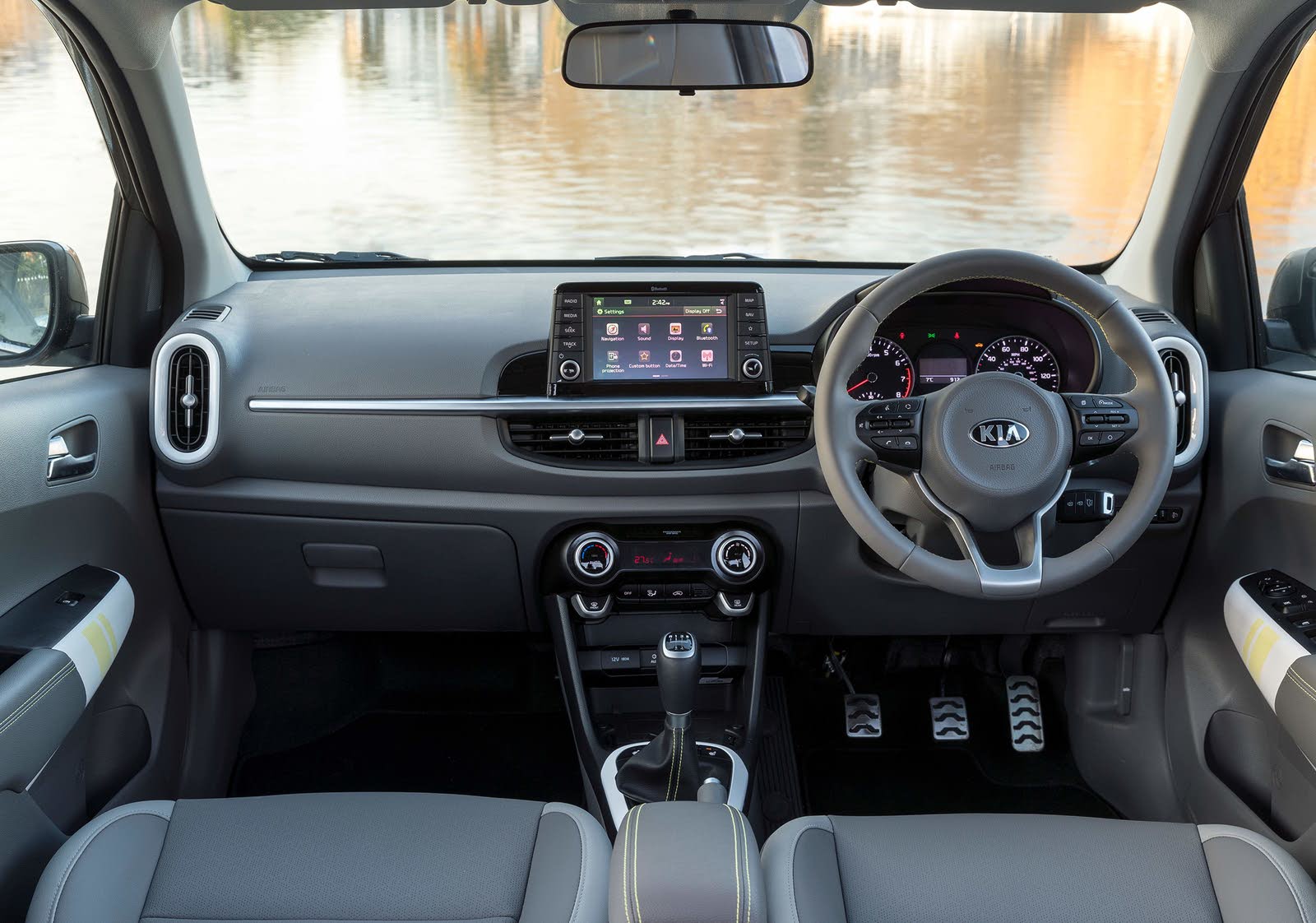
A city car occupies the entry point into most manufacturers’ ranges. They offer the least space and smallest engines, but also the lowest prices and tiny running costs.
Profit margins on such cars are typically low, so don’t go into a dealer expecting a big discount. However, you can have high expectations when it comes to equipment levels, with features such as Bluetooth phone connectivity and air-conditioning being fitted to most models, and satellite navigation often available as an optional extra. This is proof that despite their dinky dimensions and low prices, city cars can offer all the mod cons.
Choosing with Your Heart
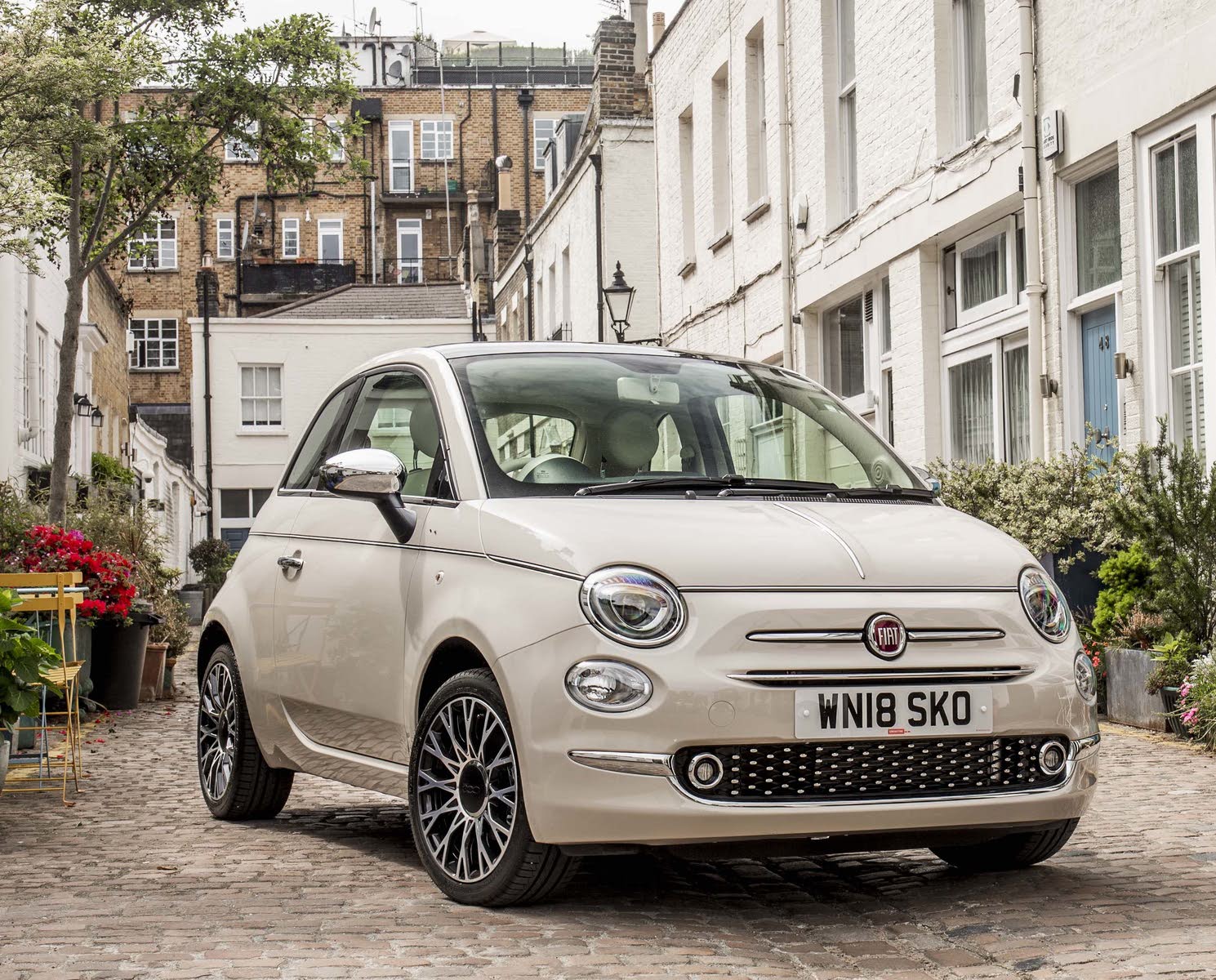
When Fiat reimagined its classic 500 as a modern city car in 2007, it brought with it an extensive catalogue of ways buyers could personalise their cars with different interior colours, exterior decals, various wheels designs, and so on. It was a trick borrowed from BMW-owned MINI and had the effect of transforming Fiat’s humble city car into a fashion accessory that injected an element of glamour into even the most mundane of journeys.
The 500 has become a runaway success, so it’s no surprise that other manufacturers have followed suit, with cars like the Vauxhall ADAM and Renault Twingo offering myriad personalisation options. Just be aware that such cars tend to carry a price premium over the bread-and-butter options in the city car class, particularly once you’ve ticked a few boxes on the options list.
Room for Grown Ups
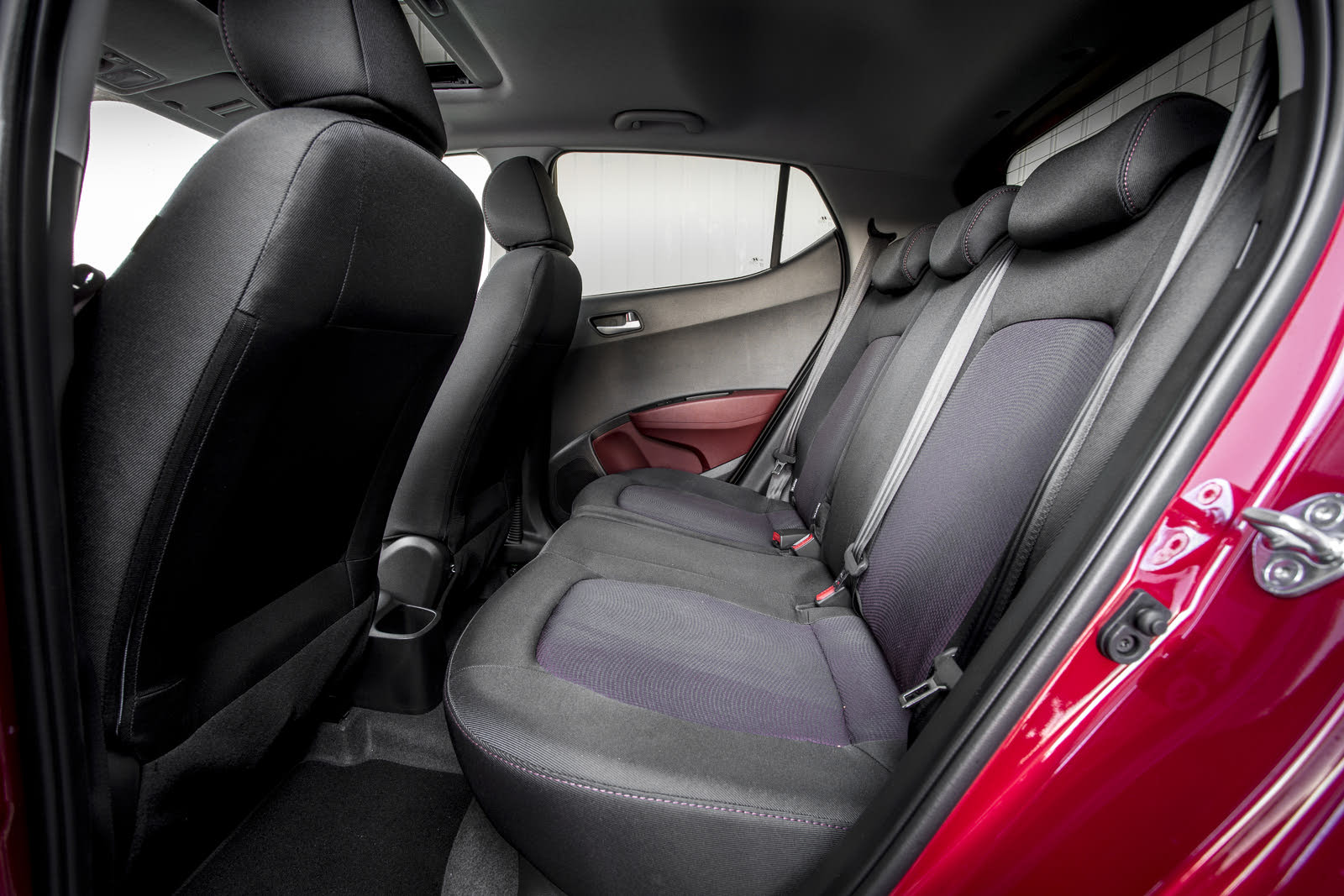
Despite their tiny dimensions, most city cars are surprisingly commodious in terms of passenger space. True, the vast majority have two seatbelts in the rear rather than three, but you can still carry a couple of children with ease. Fitting taller adults in the back will be more of a challenge, but that’s not to say it can’t be done, particularly if you stick with a city car that places space above style and has five doors rather than three.
Boot volume will be more of a challenge, because city cars offer significantly less luggage space than superminis. Most will accommodate three or four shopping bags, and all allow you to fold the rear seats to trade passenger space for luggage room, but if you need to transport a baby buggy or golf clubs, a city car is not for you.
The Drive
First and foremost, a city car should be easy to drive, with excellent visibility and light steering to make parking a piece of cake, so be sure to include a few low-speed manoeuvres on your test drive. Also look for an engine that accelerates briskly away from the traffic lights, and if you need an automatic gearbox, check that it shifts smoothly between gears, with no lurches or dramatic pauses.
If you regularly drive on country roads or motorways, be sure to check that the car feels stable at speed. It might also be worth choosing a model with a turbocharged engine, which will offer enough acceleration to keep up with larger cars.
Smart Advice
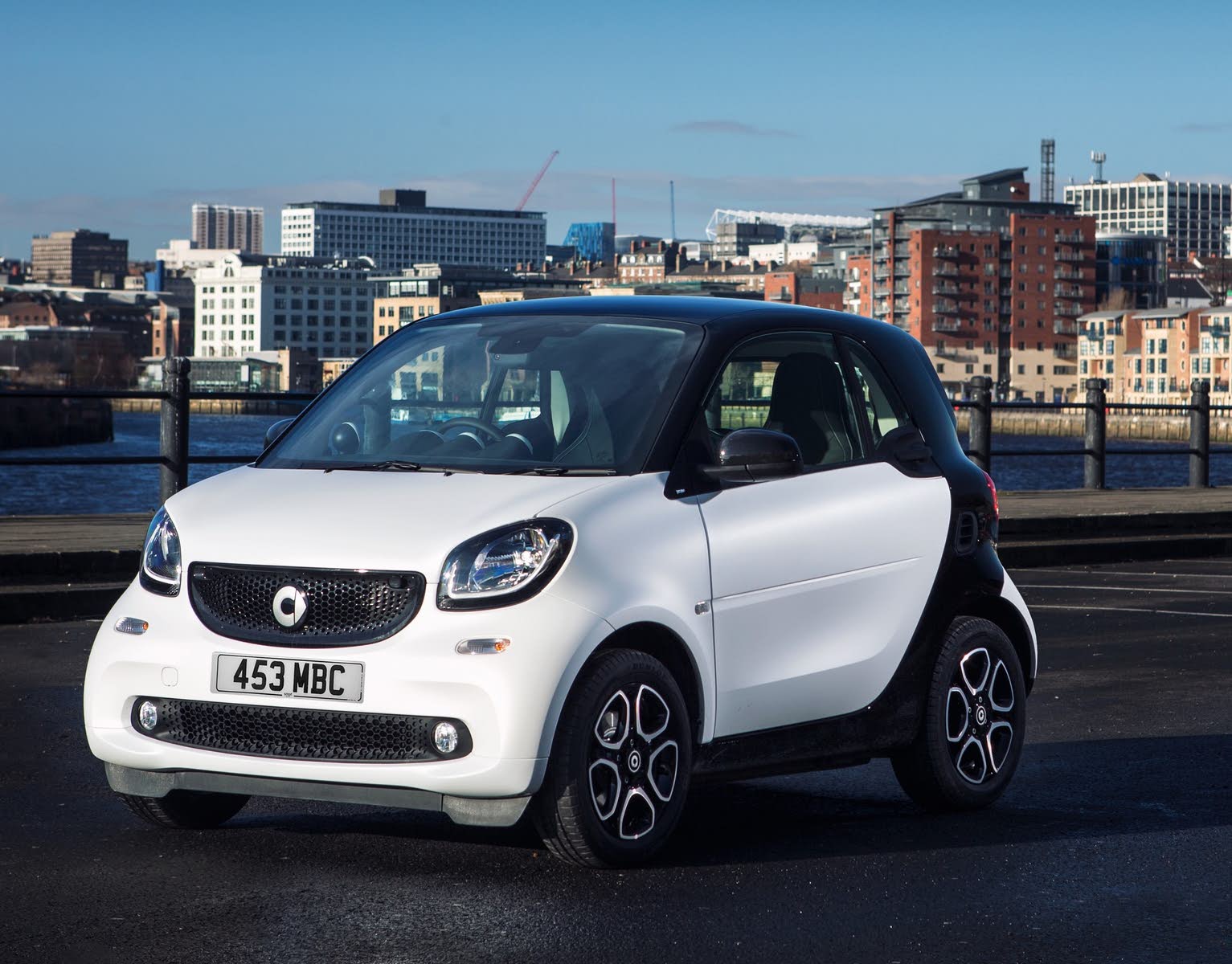
You can’t talk about city cars without referencing the Smart fortwo. This tiny two seater was designed to revolutionise urban driving with its compact dimensions (it was intended that the Smart could fit nose-on to a kerb so that two would go into a conventional parking space) and has gained an enthusiastic following.
More than any other city car, Smart fortwos are suited to town driving more than long-distance journeys. If you regularly take to the open road, it probably isn’t for you. Smart does, however, offer a larger four-seat version called the Smart forfour, which is based on the Renault Twingo, and the now discontinued Toyota iQ also had tiny rear seats.
Is Safety a Concern?
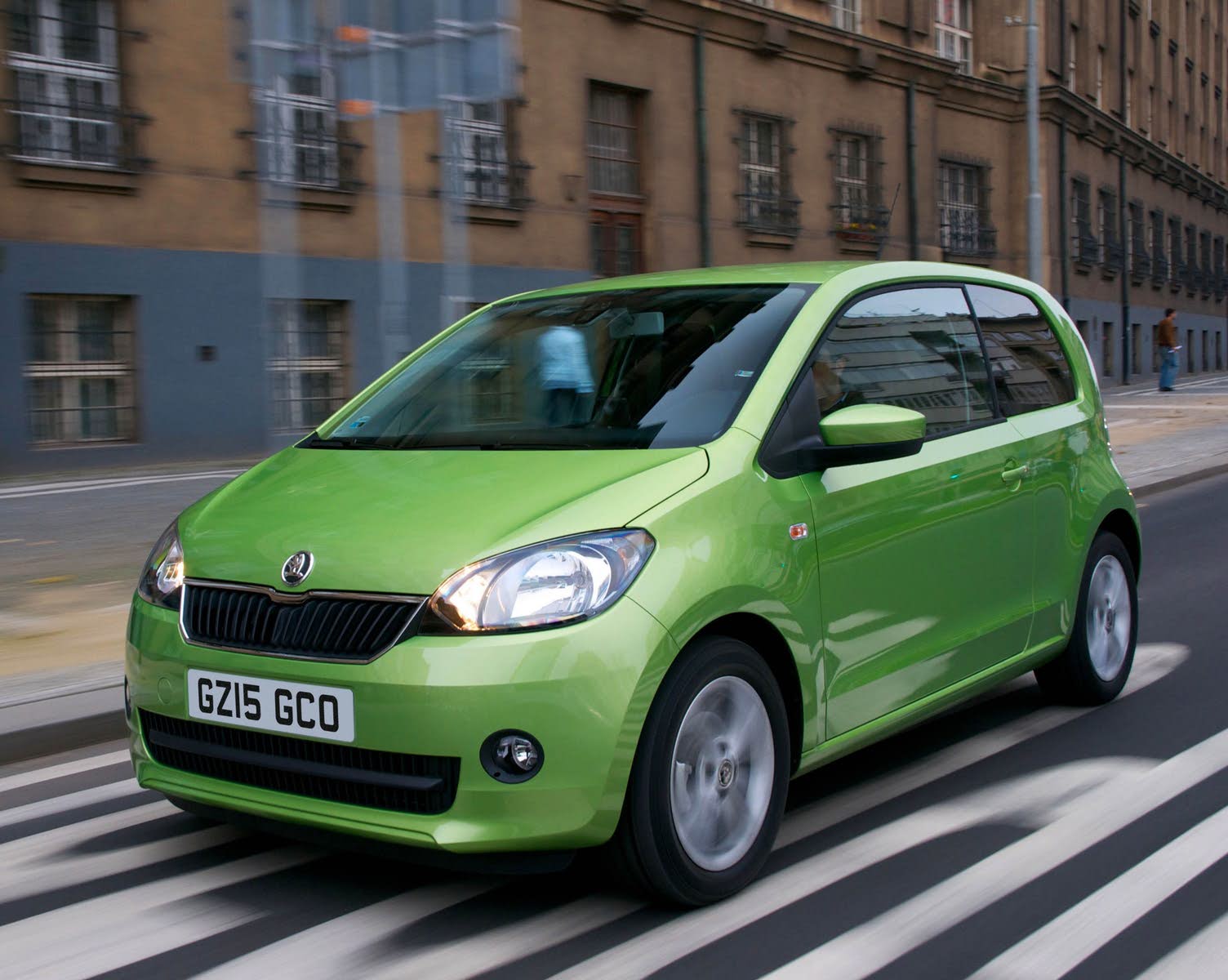
With city cars being so small, you might well question how they manage to also be safe. Of course, the laws of physics dictate that you will almost always be safer in a crash if you are in a larger, heavier vehicle. But as with any car, the newer the model you choose, the safer it is likely to be.
As evidence of such progress, there are some city cars that have excelled in Euro NCAP’s industry standard crash tests. The Volkswagen up!, Skoda Citigo, and Seat Mii for example, scored the maximum 5-star rating and can be ordered with a low-speed autonomous emergency braking system that can prevent you from accidentally running into the car in front.
As when buying any car, you can check the Euro NCAP website (free of charge) to see how a particular model performed in crash tests.
Petrol or Electric?
The majority of city cars are powered by tiny three-cylinder petrol engines, but there is an emerging breed of purely electric models to consider, too. On the one hand, a battery-powered city car makes perfect sense, working on the assumption that most owners rarely cover long enough distances for range anxiety to occur.
However, at present the high cost of electric city cars compared with their petrol equivalents makes them a hard sell. An electric Volkswagen e-up!, for example, costs almost twice as much as the most expensive petrol-engined up!, even after the Government’s £4,500 Plug-in Car Grant. For most buyers, therefore, while the idea of an electric city car might sound appealing, the lower price of their petrol-powered equivalents is impossible to ignore.
Related Topics:
What to Look For in an SUV or Crossover
How to Buy a Car Sight Unseen
What is an Approved Used Car?
